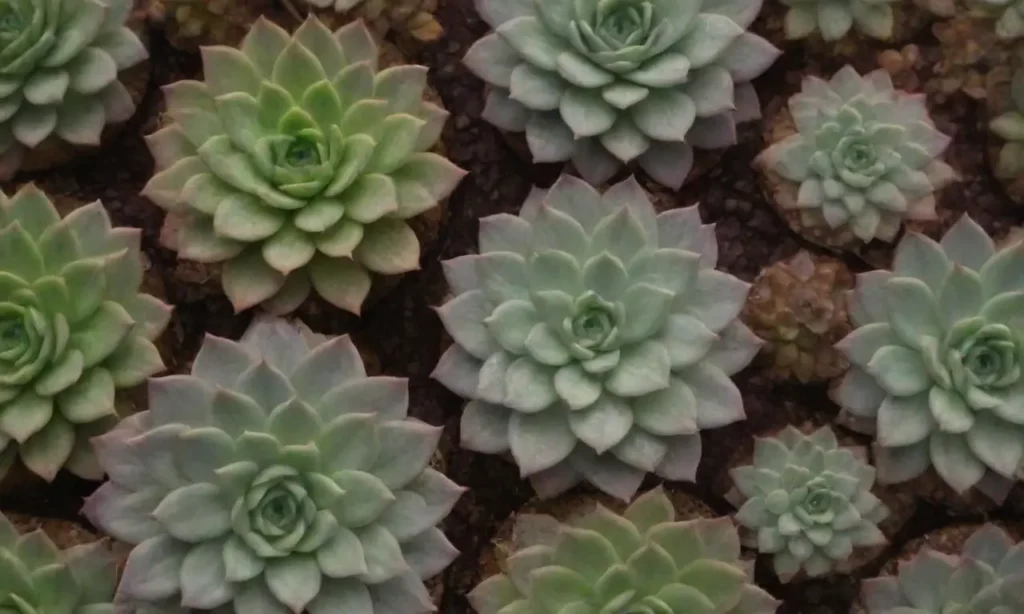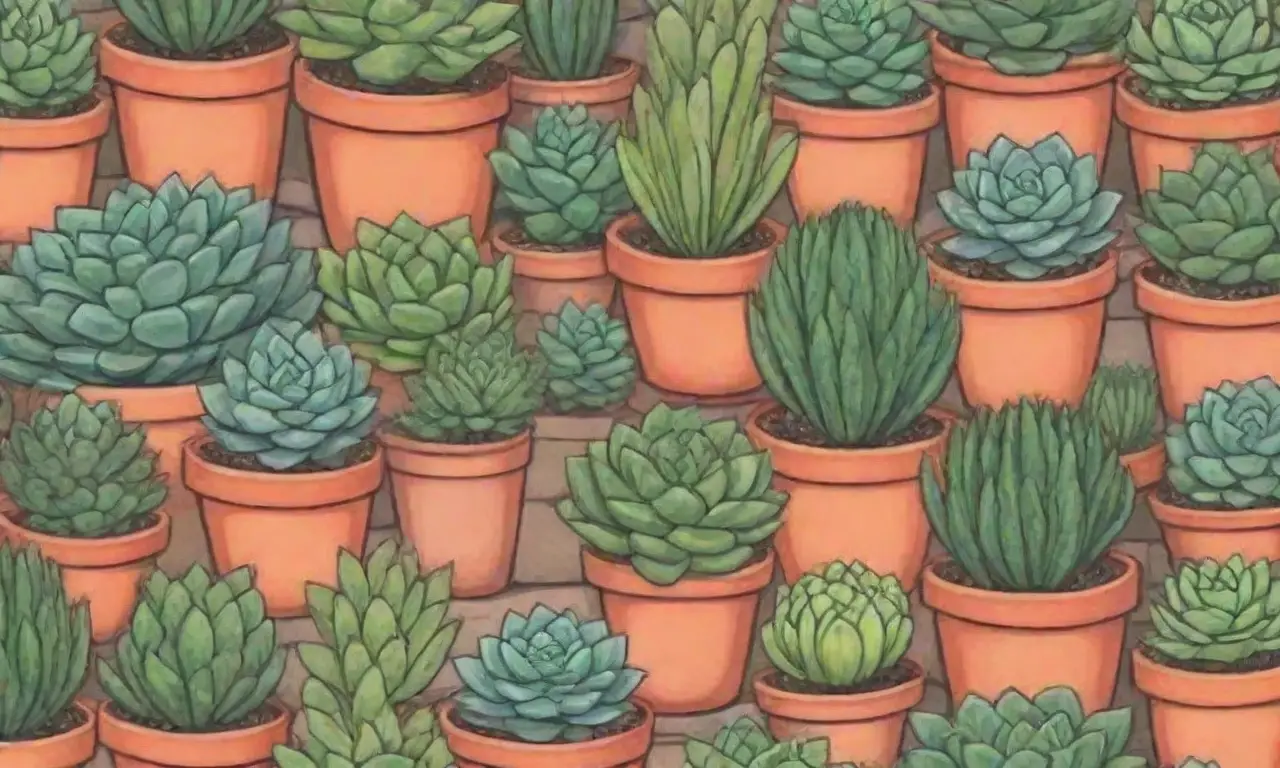Pruning and Watering: Techniques for a Successful Succulent Care

Introduction
Succulents are unique and fascinating plants celebrated for their ability to store water in their fleshy leaves, stems, or roots, making them ideal for those who might not have a green thumb. A hallmark of succulent care is understanding how to properly prune and water them. While these plants are often labeled as low-maintenance, achieving a thriving succulent garden requires knowledge of the right techniques. Whether you are a beginner or an experienced plant parent, mastering these techniques will elevate the health and beauty of your beloved succulents.
In this article, we will delve into the essential aspects of caring for succulents, focusing on the key techniques of pruning and watering. We will explore the importance of these methods, practical tips for implementation, and the common mistakes to avoid. By the end, you will be fully equipped with the knowledge necessary to maintain lush, vibrant succulents in your home or garden.
Understanding Succulent Needs
Succulents come in a variety of shapes, sizes, and colors, each with its unique requirements. Understanding these needs is paramount to successful care. The primary factors affecting succulent health include light, temperature, soil composition, and, of course, the two crucial practices of pruning and watering.
The Role of Light
Succulents thrive in bright, indirect sunlight. Depending on the variety, they may require different degrees of light; for example, Echeveria prefers bright light, while Haworthia can tolerate lower light conditions. Placing your succulents in a location that receives at least six hours of sunlight per day is vital. Failure to provide adequate light can cause leggy growth and result in poor health. Conversely, too much direct sunlight can lead to sunburned leaves, which appear bleached or wilted.
Soil Composition
Equally important is the type of soil used for your succulents. These plants thrive in well-draining soil that prevents water retention, as succulents are particularly sensitive to overwatering. A mix that combines potting soil, coarse sand, and perlite is often recommended, providing both nutrients and drainage. The right soil not only supports succulent growth but also minimizes the risk of root rot, a common concern among succulent caretakers.
Temperature and Humidity
Most succulents prefer a temperature range between 60°F to 80°F (15°C to 27°C) and low humidity levels. This makes them excellent candidates for indoor environments and especially in areas with warm, dry climates. When caring for your succulents, be mindful of sudden temperature fluctuations. Drafts, air conditioning, or heat sources can stress your plants, leading to poor growth.
Pruning Techniques for Succulents
Pruning is essential for maintaining the shape, health, and vitality of your succulents. Regularly removing dead or damaged leaves not only improves aesthetics but also prevents the spread of pests and diseases. Knowing when and how to prune can make a significant difference in the growth and overall health of your succulents.
 Pruning Techniques That Promote Blossoming in Succulents
Pruning Techniques That Promote Blossoming in SucculentsWhen to Prune
The best time to prune succulents is during the growing season, typically from spring to early summer. This period allows the plants to recover quickly and promote new growth. Always inspect your plants closely, looking for yellowing leaves, elongated stems, or any signs of damage. Prompt removal of unhealthy parts can redirect energy to healthy parts, fostering better growth.
Tools for Pruning
Using the right tools is crucial for effective pruning. Sharp, clean scissors or pruning shears are recommended to minimize damage. Avoid using dull tools, which can crush plant material and create entry points for pathogens. Additionally, consider wearing gloves, especially if pruning certain varieties that may have sharp spines or are toxic upon contact.
Techniques of Pruning
To begin pruning, identify the leaves that are damaged or discolored and trim them as close to the base as possible without harming the healthy parts of the plant. When dealing with leggy succulents, you can prune back the top growth to encourage a denser, more compact form. Some succulents can also be propagated through the leaves you remove, making pruning an opportunity to cultivate new plants.
Watering Wisely

Proper watering is one of the most critical aspects of succulent care. While succulents are known for their ability to retain moisture, they do still require regular watering to thrive. Understanding the nuances of how and when to water will significantly impact your plants’ health.
Importance of the Soak and Dry Method
One of the most effective strategies for watering succulents is the “soak and dry” method. This technique involves thoroughly watering the plant until excess water drains from the bottom of the pot, and then allowing the soil to dry completely before watering again. This method aligns with the natural cycle of succulents’ native environments, which experience irregular rainfall followed by dry spells.
Signs of Under and Overwatering
Knowing how to identify the signs of underwatering versus overwatering is crucial for developing a successful succulent care routine. Underwatered succulents may exhibit wrinkled leaves, shriveling, and a general lack of vigor. Conversely, overwatered succulent plants often develop soft, mushy leaves that are susceptible to rot.
 A Beginner's Journey into Succulent Pruning Techniques
A Beginner's Journey into Succulent Pruning TechniquesIt can be challenging to determine the right watering frequency, as it often depends on environmental factors such as temperature, humidity, and season. A good rule of thumb is to check the soil moisture about once a week. Stick your finger about an inch into the soil; if it feels dry, it’s time to water. If it’s still moist, wait a few more days.
Watering Techniques
When watering succulents, it’s essential to apply water directly to the soil instead of the leaves, as this can encourage rot. Ensure that pots have drainage holes to prevent water from pooling in the bottom, a significant risk factor for root rot. Targeting the soil allows succulents to absorb moisture effectively while maintaining their health.
Common Mistakes in Pruning and Watering
Despite their popularity and ease of care, succulent owners often fall prey to common mistakes in pruning and watering. Learning to recognize and avoid these pitfalls can enhance your plants’ longevity and appearance.
Overwatering
As mentioned earlier, overwatering is one of the most prevalent issues in succulent care. Many enthusiasts tend to give their plants more water than necessary, stemming from a common misconception that succulents thrive in constantly moist environments. Instead, it’s crucial to let the soil dry adequately between watering sessions to ensure a healthy root system.
Neglecting to Prune
Another frequent misstep is neglecting to prune succulents regularly. Allowing dead leaves to remain on the plant can create an environment conducive to disease and pests. Moreover, failing to prune can lead to an unattractive elongated or sparse appearance, detracting from your plant's overall beauty.
Ignoring Environmental Changes
Lastly, many succulent owners may ignore environmental shifts that can affect their plants. Changes in light exposure, temperature fluctuations, and seasonal variations can necessitate adjustments in watering and pruning practices. Being attentive to these changes will help you better cater to your succulents' needs.
Conclusion
In conclusion, the journey of caring for succulents can be both enriching and rewarding when you possess the right knowledge and techniques for pruning and watering. Understanding their needs, mastering the appropriate pruning techniques, and implementing effective watering practices are the cornerstones of successful succulent care.
As you venture into nurturing your succulent garden, remember that it's also a learning process; through observation and adjustments, you will develop an intuitive understanding of what works best for your specific plants. Regular attention to these aspects will yield vibrant, flourishing succulents that will not only beautify your home but also provide health benefits and joy as you engage with the natural world. Happy gardening!
If you want to read more articles similar to Pruning and Watering: Techniques for a Successful Succulent Care, you can visit the Pruning tips category.
